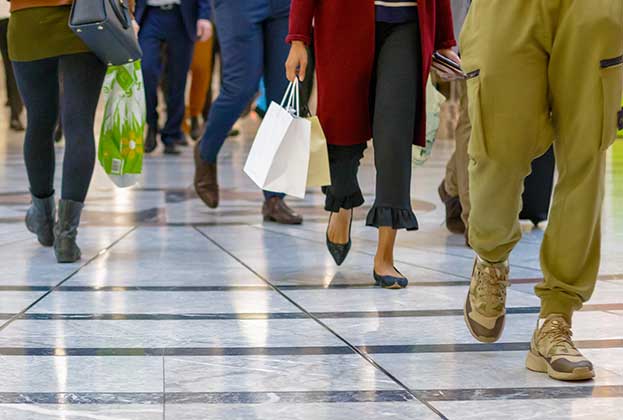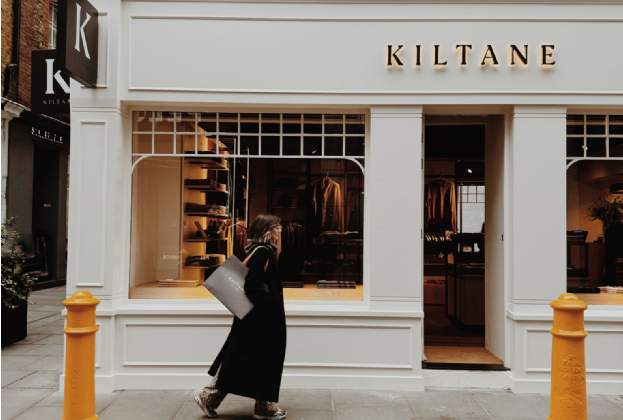Everyone knows that the global retail landscape is changing, and changing fast. Online shopping is transforming the way retailers use physical stores, as they convert more space to fulfilling click and collect orders and process online returns.
Retailers around the world are being disrupted and are having to adapt to suit changing consumer behaviour. The role of the old, boring and under-invested department store is largely redundant and landlords are having to adapt to the fact that they may not always have the retail occupiers to fill empty or surplus spaces.
However, what is encouraging, is the way many owners and developers are already looking creatively at repurposing and repositioning specific retail assets to meet the ever-changing demands of the communities in which they’re based.
Often, multiple new uses are being incorporated into part or all of a redundant space, attracting new innovative occupiers, giving sites a totally new lease of life and – in many cases – creating exciting new places and destinations.
In London, for example, planning permission has been granted for the redevelopment of a traditional 1980/90s retail park on Old Kent Road in Southwark into a desirable residential, retail and dining destination by Galliard Homes and Aviva Investors. The proposals include 1,200 new homes, restaurants, cinema, a new park and square, and – crucially – 15,800 sq m of new retail and office space. This will replace the former ‘big box’ units on site with retail spaces more suitable for the new ways we shop and which will meet the ‘needs’ of the development’s forthcoming new residents.
Physical retail is not dead – there is still an audience for it and brands that innovate and offer convenience to the consumer continue to attract high footfall – it just is taking a different form.
It’s therefore often not just a case of simply repurposing retail with a single uniform alternative use, such as residential homes, but of finding a solution that works in that individual location and for the local community, and is as future proof as possible.
This may include incorporating multiple uses, from the more traditional such as offices, hotels and gyms, to the more radical such as education facilities, film studios, retirement apartments and art galleries.
The key is to consider what mix is most suitable to the location and strike the appropriate balance.
Further information
This blog is inspired by a theme in Impacts, Savills global thought leadership publication and research programme. This year is the ‘disruption issue’, looking at how widespread economic, political, demographic and technological upheaval is changing the world of real estate.
.jpg)
.jpg)







.jpg)
